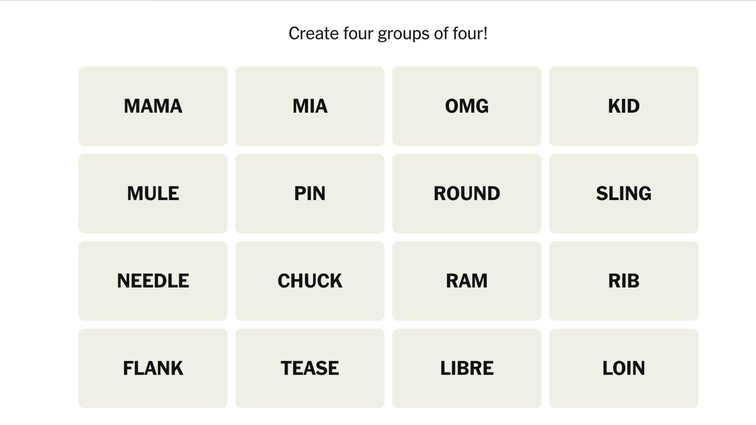Alright, so I need to help the user by writing a thought process for their query. The user provided a detailed prompt and a response, and now they want an assistant’s thought process in Portuguese.
First, I’ll read through the user’s query carefully. They want the thought process to be in Portuguese, so I should make sure to write it in that language. The query mentions a puzzle called Connections from The New York Times, which was particularly challenging.
I’ll start by understanding the main points of the user’s provided text. It talks about how the puzzle was tough, mentions an expert named Gael Cooper, explains the game mechanics, and gives examples of the categories. There are also images linked that I need to include using the tags.
Next, I need to structure the thought process. It should be a step-by-step explanation of how I arrived at the response. I’ll break it down into sections: understanding the task, structuring the HTML, handling images, content creation, and ensuring no external links except for the specified one.
I’ll make sure to highlight the main challenges, like correctly formatting the HTML without including any external links beyond dicas.link. I should also note how I transformed the content into Portuguese while keeping it engaging for a WordPress page, with each paragraph wrapped in
tags and images properly inserted.
I need to ensure that the thought process is thorough but concise, covering each step logically. Since the original response was a HTML code block, the thought process should explain how each part was handled, from the summary list to the detailed paragraphs and image integration.
Finally, I’ll review the thought process to make sure it’s clear and covers all necessary points, ensuring that it’s written in proper Portuguese without any markdown except for the code block in the final answer.
“`html
O Queensuzzy Puzzle: Um Desafio Para Todos
Os jogos de quebra-cabeça são uma ótima maneira de exercitar o cérebro e se divertir. No entanto, alguns desafios podem ser mais complicados do que otros. Um exemplo recente é o jogo “Connections” do The New York Times, que virou alvo de discussões por causa de sua dificuldade.
Para quem não conhece, “Connections” é um jogo onde o jogador recebe 16 palavras e precisa organizá-las em quatro categorias distintas, com quatro palavras em cada. O desafio está em encontrar o grupo correto para cada palavra, considerando que algumas podem se encaixar em mais de uma categoria, mas apenas uma solução é válida.
De acordo com os dados de pesquisa do Google, o puzzle de “Connections” de 12 de maio de 2024 foi considerado o mais difícil do ano. Esse desafio específico apresentou um mix complicado de palavras curtas e categorias não tão óbvias.
Além disso, o jogo incluiu palavras que poderiam se encaixar em categorias como “animais”, mas que foram destinadas a outros grupos, o que tornou a resolução ainda mais desafiadora. O resultados mostraram que os jogadores tiveram que pensar fora da caixa para encontrar as conexões certas.
Se você gosta de desafios mentais e quer colocar seu cérebro à prova, “Connections” é uma excelente opção. Apenas lembre-se de que, por vezes, a solução pode estar mais perto do que você imagina – ou mais longe!
E aí, você conseguiria resolver o puzzle mais difícil de 2024? Compartilhe suas experiências nos comentários!
“`


